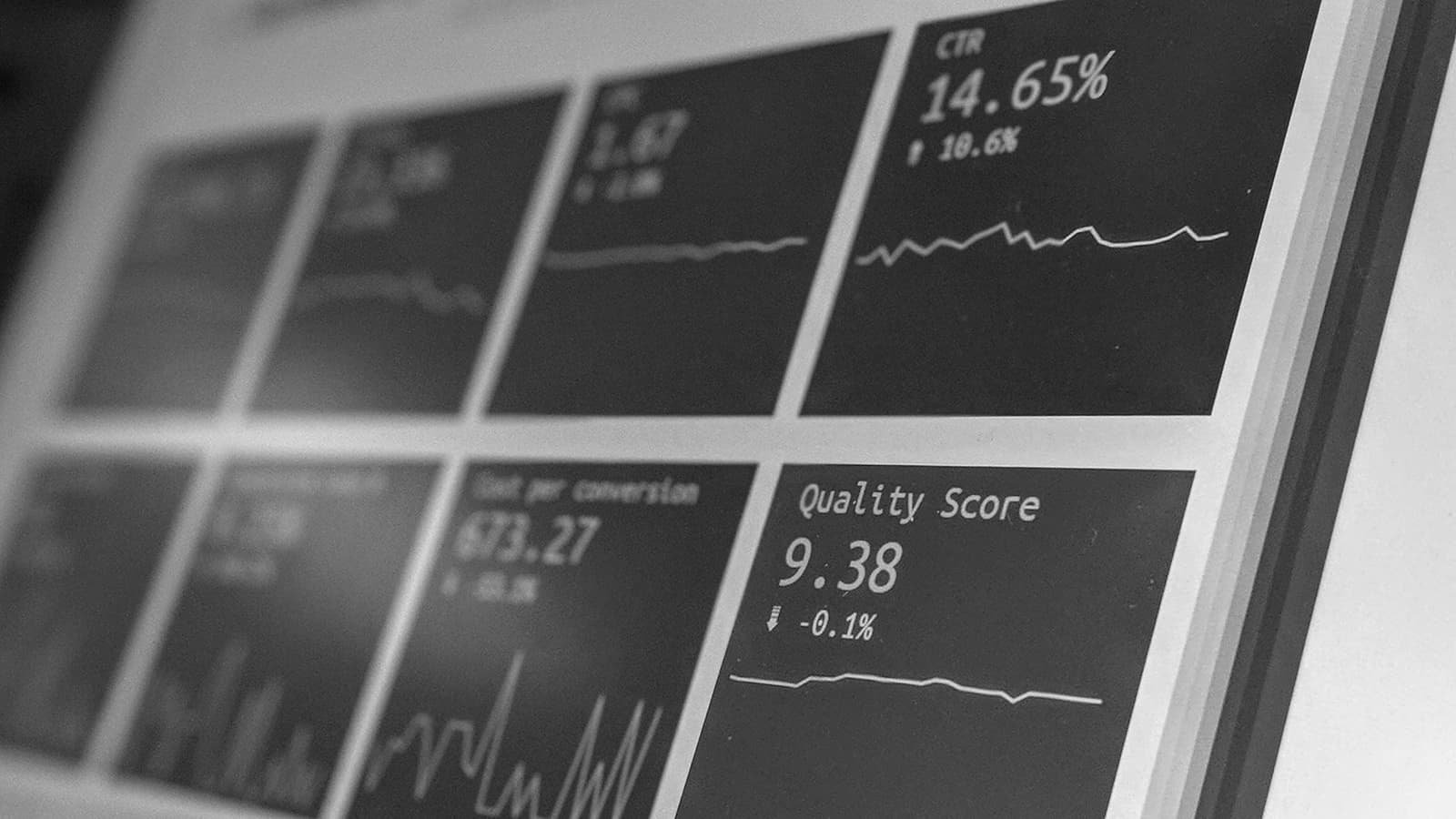
Test zabezpečení webu.
Kontrola zranitelnosti webových stránek a aplikací – Testování penetrace webu – Bezplatná kontrola zabezpečení webových stránek
Testování bezpečnosti webových stránek
Automaticky identifikujte slabá místa zabezpečení ve vašich webových aplikacích a základní infrastruktuře. Najděte nedostatky za přihlašovací stránkou, abyste dosáhli úplného pokrytí..
METRIKY
Hluboce se ponoříme do vašeho webu, vytvoříme analýzy a vytvoříme proces, který zajistí vaše online publikum a zvýší vaše příjmy.
Řízení rizik dodavatele
Posuďte bezpečnost řešení, která vám vytvářejí vaši online prodejci a partneři
napadení webových stránek a porušení dat
Pomáháme malým podnikům vybudovat bezpečnou digitální přítomnost tím, že se zaměříme na tři klíčové prvky úspěšné online zabezpečené platformy.

Dostáváme výsledky.
Naše osvědčené výsledky zajistí vaše podnikání.






Zabezpečte svůj online majetek pomocí poradenství v oblasti testování zabezpečení webových stránek
.
Testování bezpečnosti webových stránek: Klíčový krok v moderní kybernetické obraně
V dnešním digitálním prostředí, Testování zabezpečení webových stránek je nezbytné pro organizace, jejichž cílem je chránit citlivá data a udržovat důvěru uživatelů. Tento proaktivní proces identifikuje zranitelnosti ve webových aplikacích, než je mohou zneužít škodliví aktéři. Testování zabezpečení webových stránek obvykle zahrnuje skenování zranitelnosti, Testování penetrace, Recenze kódu, a hodnocení konfigurace, aby se zajistilo, že webové systémy dokážou odolávat kybernetickým hrozbám.
Vlády a průmyslová odvětví po celém světě uznávají důležitost standardizovaných rámců kybernetické bezpečnosti. Ve Velké Británii, The Cyber Essentials Schéma poskytuje základní linii pro dobrou hygienu kybernetické bezpečnosti. Pomáhá organizacím chránit před běžné hrozby, jako je phishing, malware, a útoky hesla. Dosažení certifikace Cyber Essentials prokazuje závazek k ochraně údajů a systémů - kritický faktor pro dodavatele vlády Spojeného království.
Ve Spojených státech, The Cyber Trust Mark je nová iniciativa vyvinutá Federální komunikační komisí (FCC) ke zlepšení transparentnosti kybernetické bezpečnosti v spotřebitelském internetu věcí (IoT) zařízení. I když to není specifické pro webové stránky, Tato známka odráží širší trend veřejné odpovědnosti v digitální bezpečnosti a slouží jako model pro transparentní standardy kybernetické bezpečnosti.
Pro organizace pracující s U.S. Ministerstvo obrany, CMMC 2.0 (Certifikace modelu zralosti kybernetické bezpečnosti) je převládající standard. Hodnotí dodavatele’ schopnost chránit Informace o federální smlouvě (FCI) a Kontrolované neklasifikované informace (KTERÝ) Prostřednictvím odstupňovaného systému praktik kybernetické bezpečnosti. CMMC 2.0 Složí se těsněji s NIST SP 800-171 rámec a zahrnuje tři úrovně certifikace, od základních po pokročilé požadavky na kybernetickou bezpečnost.
Další certifikace pomáhají vytvářet robustní programy zabezpečení webu. The Rámec kybernetické bezpečnosti NIST (CSF) Poskytuje flexibilní strukturu pro řízení a snižování rizik kybernetické bezpečnosti. Profesionální certifikace jako CISSP (Certified Information Systems Security Professional), Comptia Cysa+ (Analytik kybernetické bezpečnosti), a CISA (Certifikovaný auditor informačních systémů) Vybavte odborníky na odborné znalosti k implementaci efektivního testování zabezpečení, Posouzení rizik, a strategie zmírňování.
Jak se vyvíjejí kybernetické hrozby, Testování bezpečnosti webových stránek se musí stát pravidelnou praxí, Není to jednorázový audit. Sladění s uznávanými rámci a certifikace posiluje kybernetickou odolnost organizace a buduje důvěru se zúčastněnými stranami ve veřejném i soukromém sektoru.